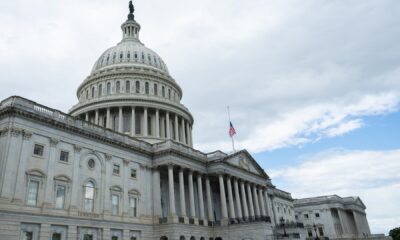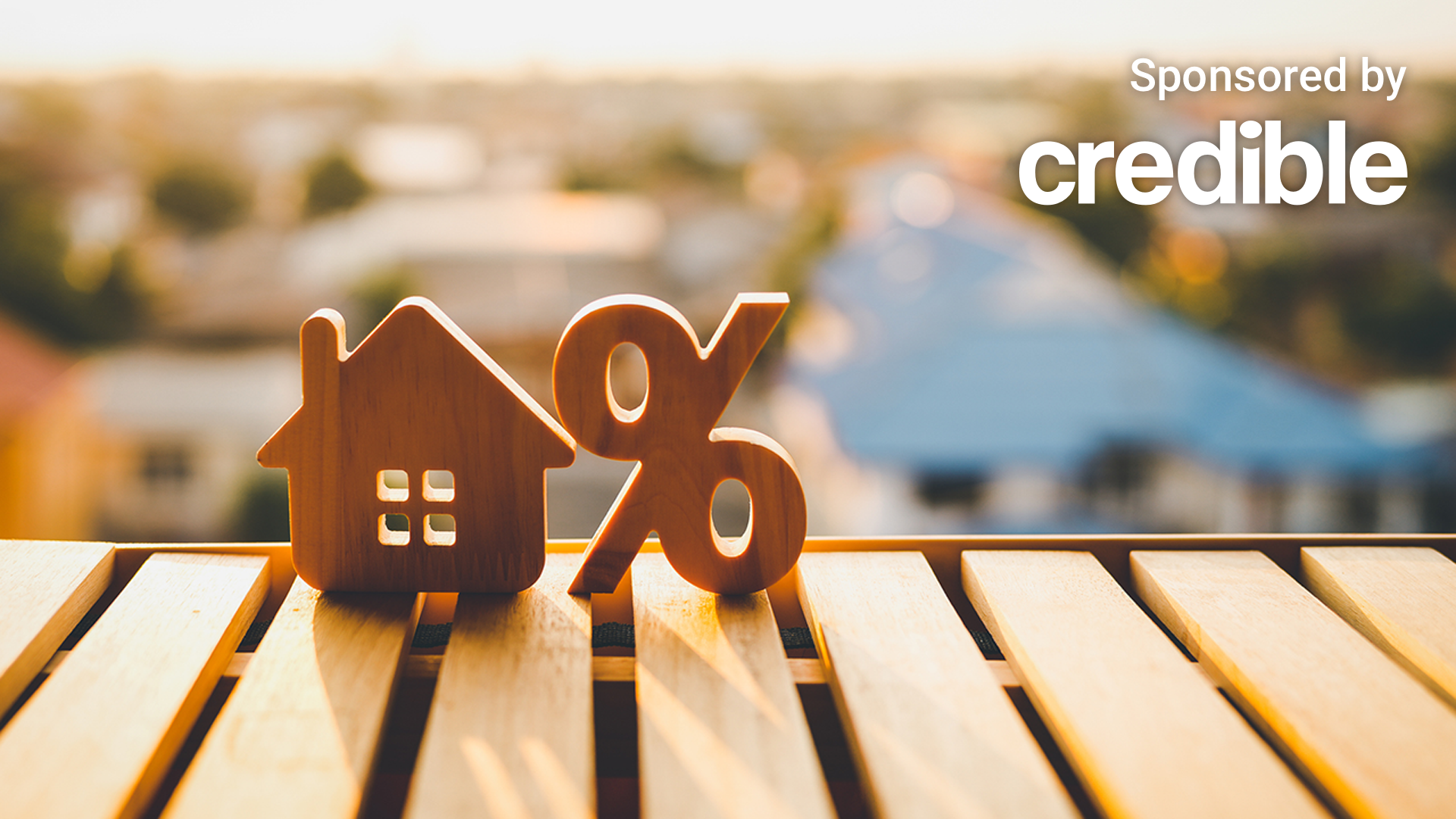Homebuyers are looking for ways to lower their costs as high mortgage rates persist. (iStock)
Mortgage rates pushed further into the 7% range as the Federal Reserve seems unlikely to reverse its restrictive policy stance anytime soon, according to Freddie Mac.
The average 30-year fixed-rate mortgage was 7.22% for the week ending May 2, according to Freddie Mac’s latest Primary Mortgage Market Survey. That’s an increase from the previous week when it averaged 7.17%. A year ago, the 30-year fixed-rate mortgage averaged 6.39%.
The average rate for a 15-year mortgage was 6.47%, up from 6.44% last week and up from 5.76% last year.
On Wednesday, the Fed announced it would maintain the federal funds rate at 5.25% to 5.5%, where rates have held steady since last July. Fed officials have said in past meetings that they anticipated rate cuts for 2024 but need more confidence that inflation is heading toward the 2% target rate. Fed Chair Jerome Powell reiterated this sentiment on Wednesday and said it would likely take longer for the central bank to gain this confidence when speaking with reporters.
The delay in rate cuts means mortgage rates will likely stay high longer. With no ease in sight, affordability will continue to be a challenge for homebuyers, who also contend with high home prices.
“The 30-year fixed-rate mortgage increased for the fifth consecutive week as we enter the heart of Spring Homebuying Season,” Freddie Mac’s Chief Economist Sam Khater said. “On average, more than one-third of home sales for the entire year occur between March and June. With two months left of this historically busy period, potential homebuyers will likely not see relief from rising rates anytime soon.”
If you are ready to shop for the best rate on a new mortgage, consider visiting an online marketplace like Credible to compare rates and get preapproved with multiple lenders at once.
BUY A HOME IN THESE STATES TO GET STUDENT LOAN DEBT RELIEF
How higher rates are impacting housing
Homebuyers are looking for ways to lower their costs as high mortgage rates persist. Recently, there have been an increase in proptech solutions, down payment assistance and even rate buydowns, Percy.AI Founder and CEO Charles Williams said.
“Homebuyers are looking to use whatever incentives they can score,” Williams said. “We expect some of these initiatives to remain even after rates start heading down meaningfully, which is unlikely this year.”
Buyers have also increasingly turned to adjustable-rate mortgages (ARMs) for a discount. Compared to more traditional mortgage products, ARMs offer lower initial interest rates before adjusting to higher rates in the future.
“With affordability remaining a challenge, more prospective buyers are turning to adjustable-rate mortgages to lower their monthly payments in the short-term,” Bob Broeksmit, the Mortgage Bankers Association president and CEO, said. “The ARM share of applications last week reached 7.8% – the highest level this year.”
If you’re looking to become a homeowner, you could still find the best mortgage rates by shopping around. Visit Credible to compare your options without affecting your credit score.
HOMEOWNERS COULD SAVE TENS OF THOUSANDS IN DAMAGES BY USING SMART DEVICES
Home prices increase
Buyers waiting for relief from high home prices will have to wait longer. Home prices are now 6.4% above their level last year, up from the 6% increase registered in January, according to the latest S&P CoreLogic Case-Shiller national home price index report.
In fact, Fannie Mae readjusted its home price projection and forecasts upward, forecasting prices to increase 4.8% annually in 2024 and 1.5% in 2025.
“Buyers are mainly waiting to see if prices go down, too, to balance things out,” Williams said. “That is not likely to happen soon. So, buyers who can afford a home are buying, but only if they can outcompete in this crazy market.”
One way to use your home’s equity is through a cash-out refinance to help you pay down debt or fund home improvement projects. Visit Credible to find your personalized interest rate without affecting your credit score.
THIS IS THE #1 CITY FOR FIRST-TIME HOMEBUYERS, AND OTHER HOT US HOUSING MARKETS
Have a finance-related question, but don’t know who to ask? Email The Credible Money Expert at [email protected] and your question might be answered by Credible in our Money Expert column.

 Blog Post1 week ago
Blog Post1 week ago
 Personal Finance1 week ago
Personal Finance1 week ago
 Personal Finance1 week ago
Personal Finance1 week ago
 Personal Finance1 week ago
Personal Finance1 week ago
 Finance1 week ago
Finance1 week ago
 Economics1 week ago
Economics1 week ago
 Economics7 days ago
Economics7 days ago
 Economics3 days ago
Economics3 days ago










